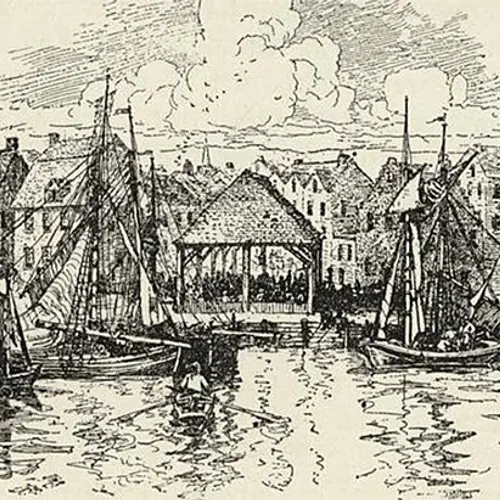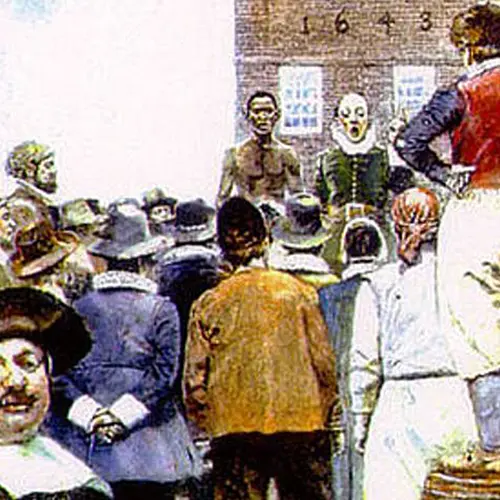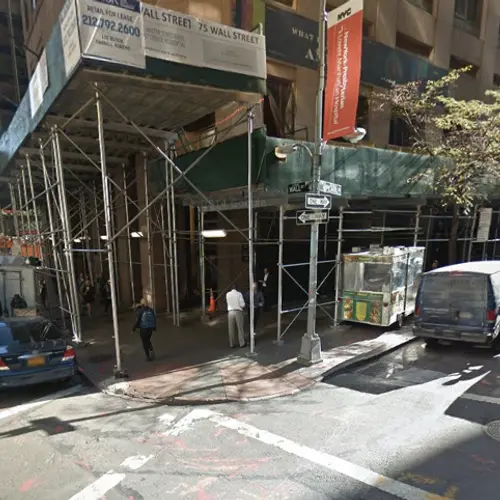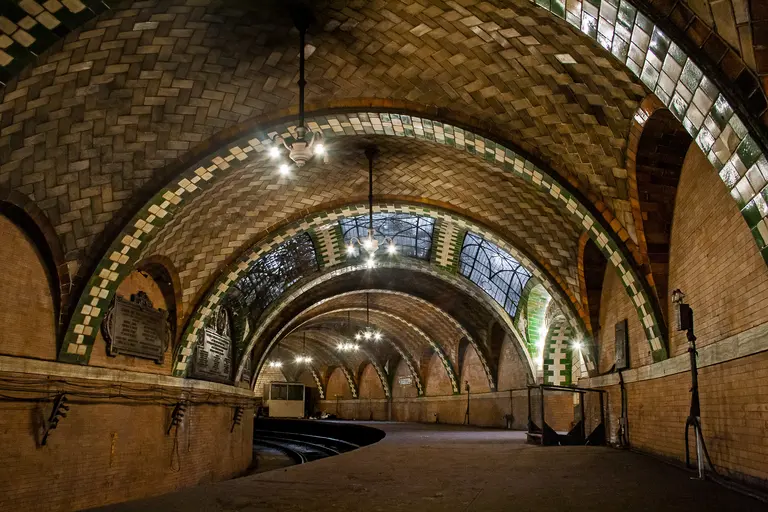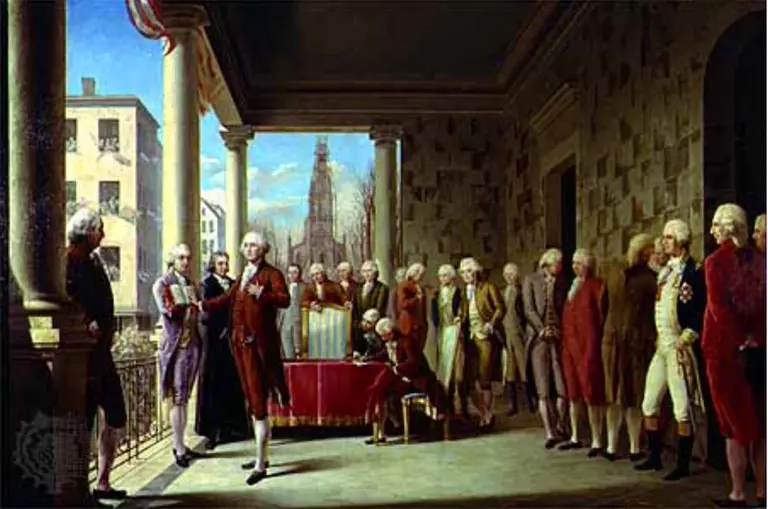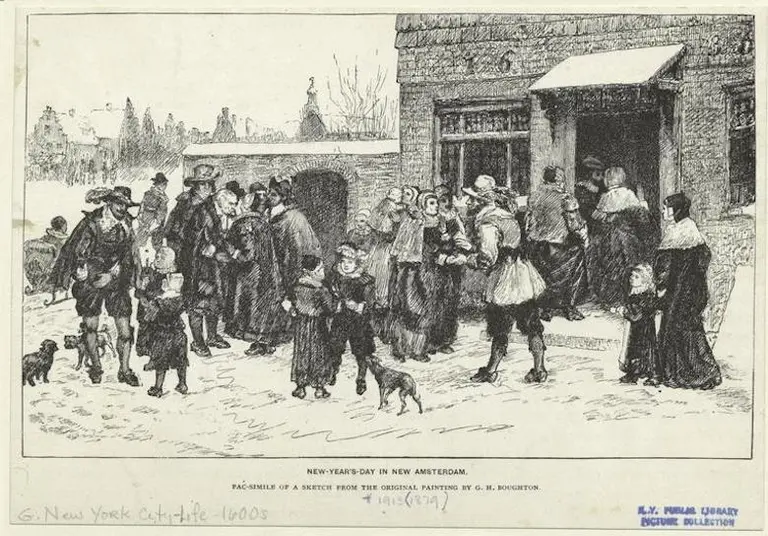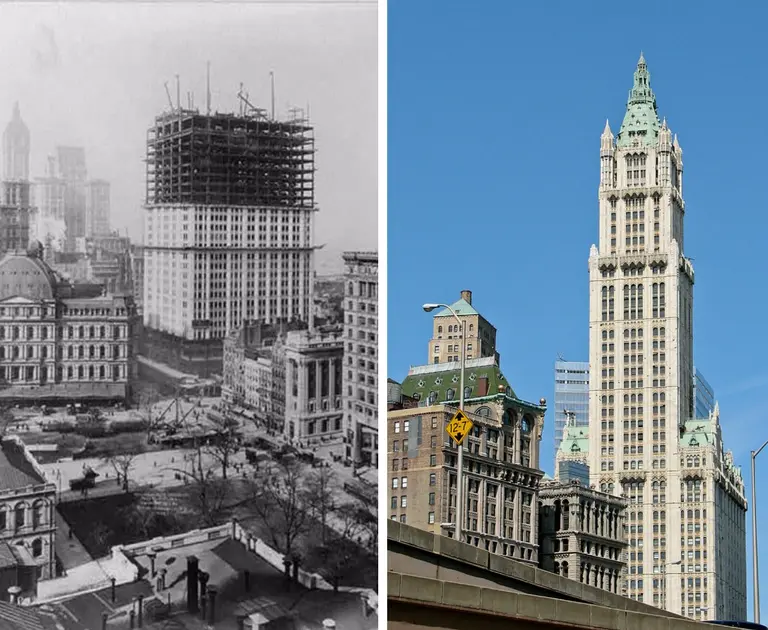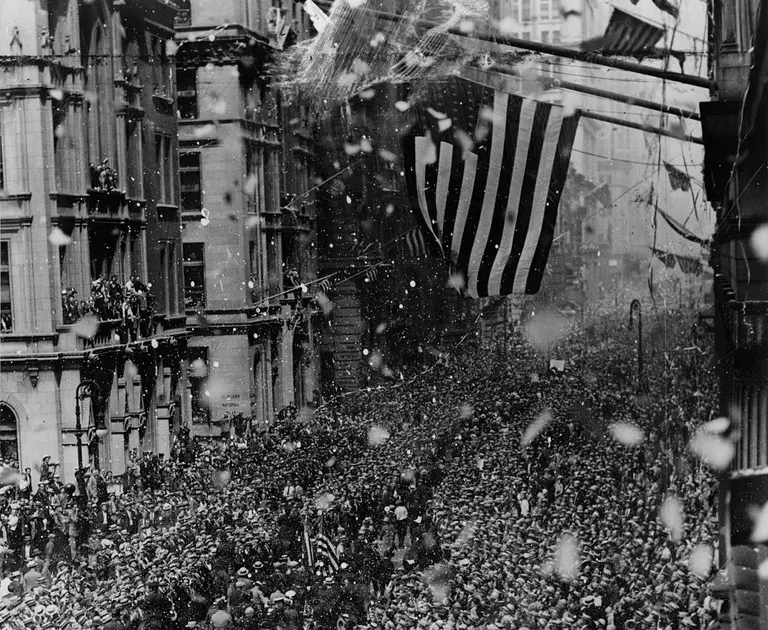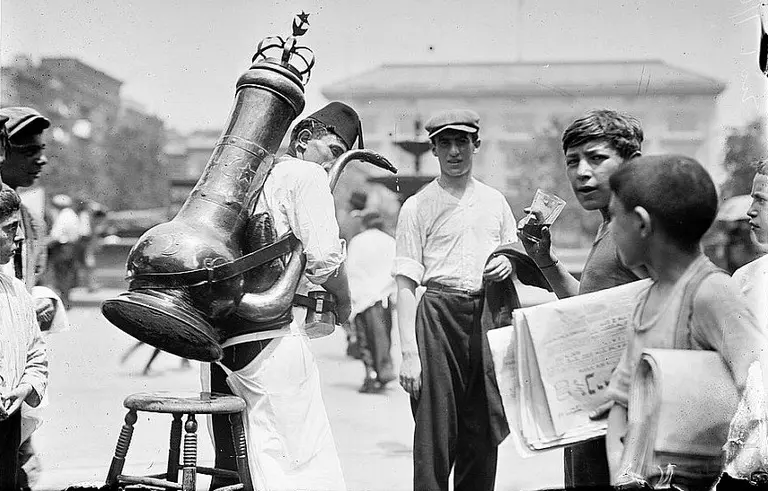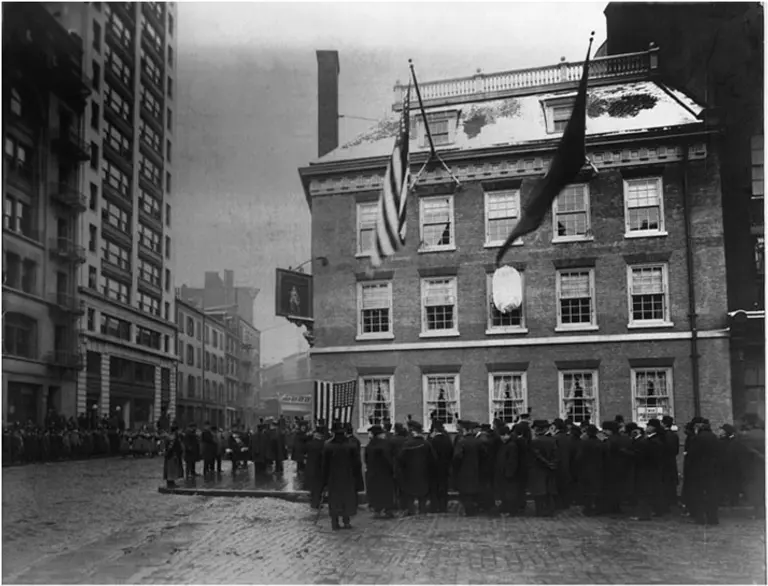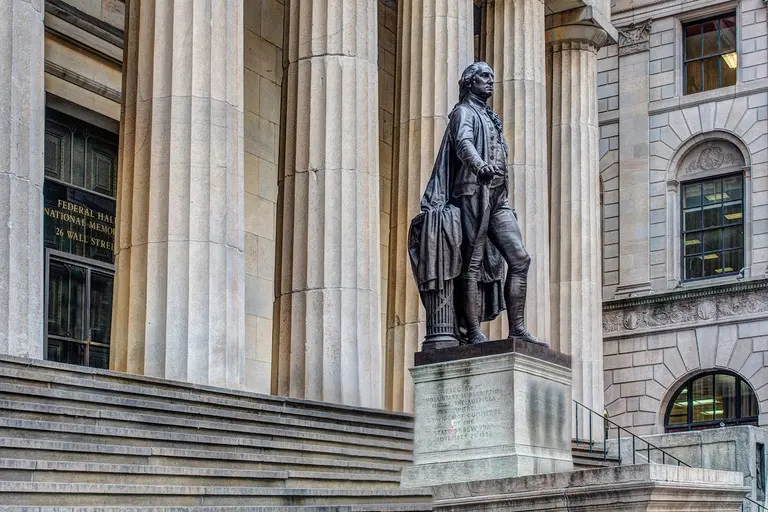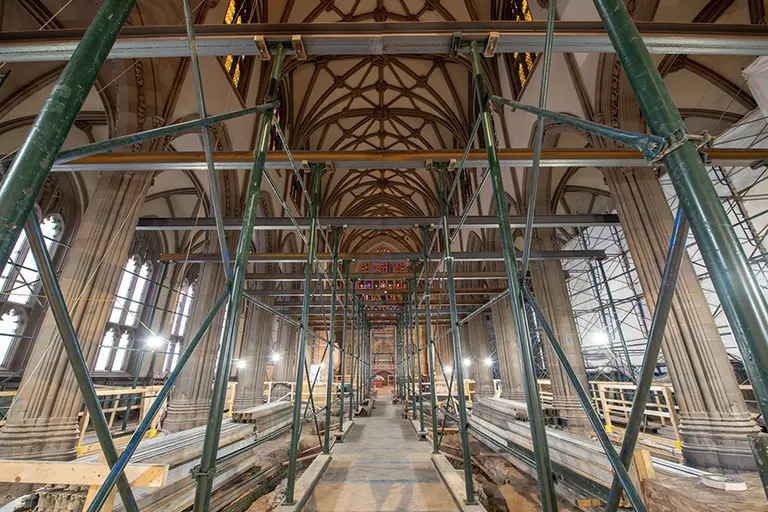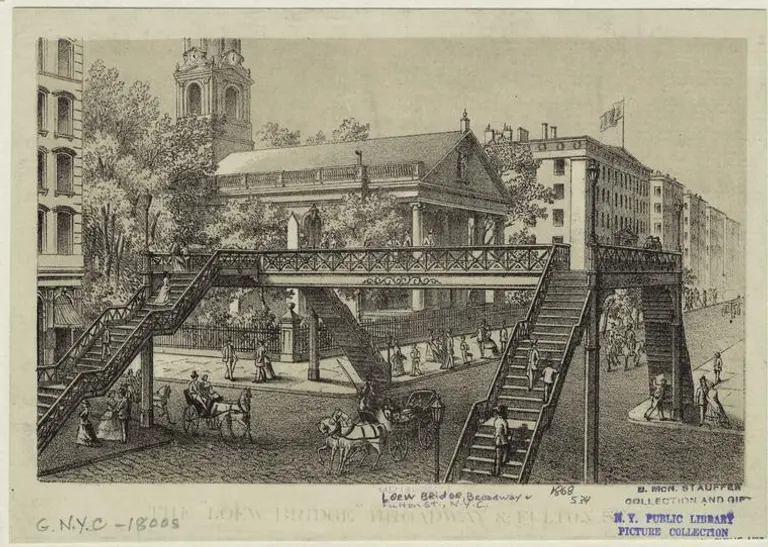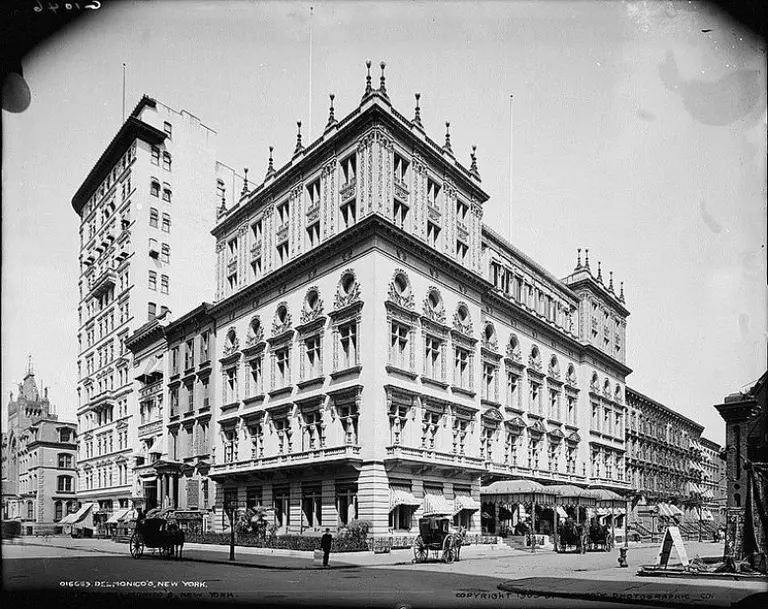In the 1700s NYC Had an Official Location for Buying, Selling, and Renting Slaves
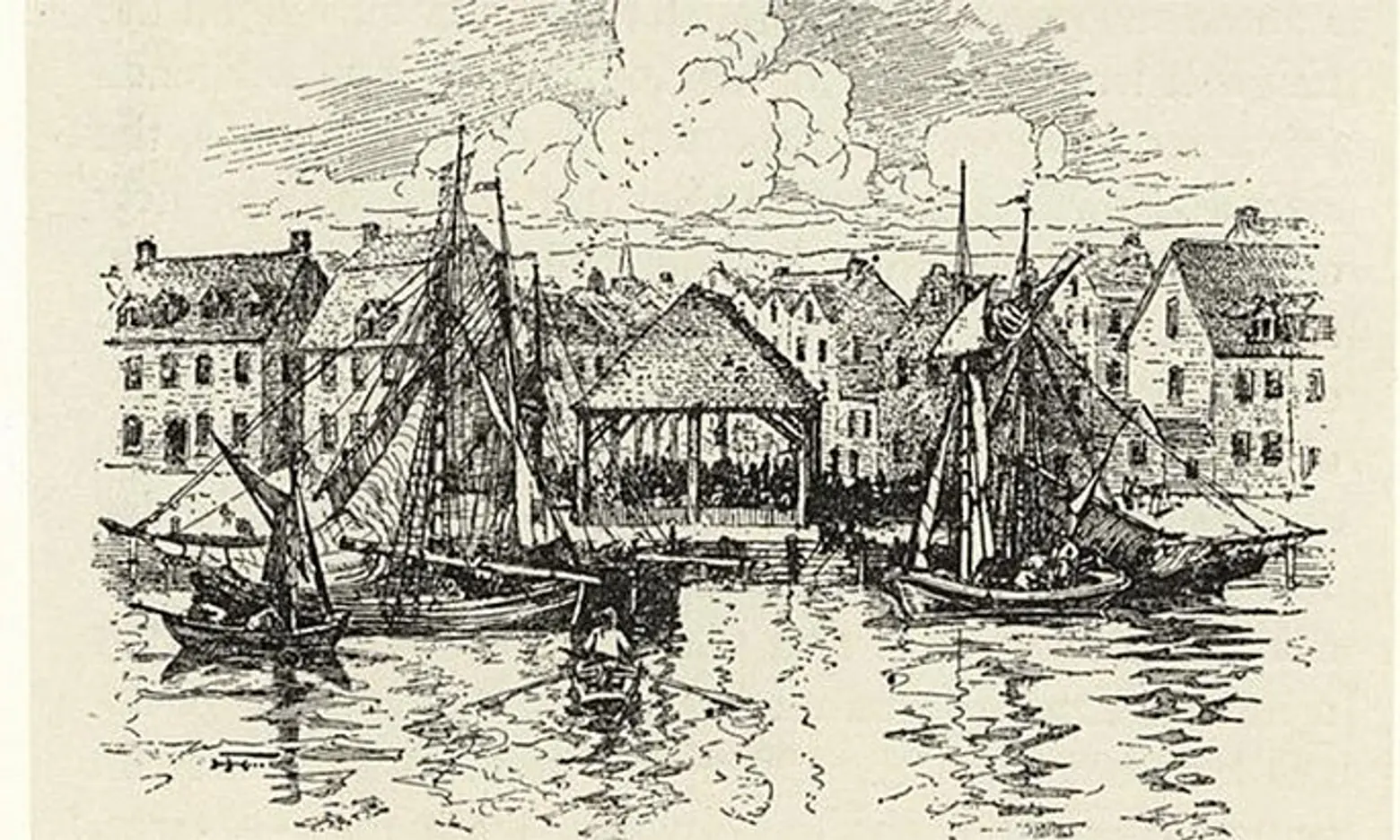
Behind all the banks, tall towers and tourists filling up FiDi is a dark past most of us know nothing about. Back in the 1700s, a corner of Wall Street at Pearl Street played host to the city’s official slave market. Though no real recognition has been given to those that suffered in the construction of Manhattan in its earliest days—rather, the area’s sordid past has for the better part been swept under the rug—WNYC reports that the city will finally pay tribute to these forgotten slaves, adding a historical marker to the site where the slave market once operated.
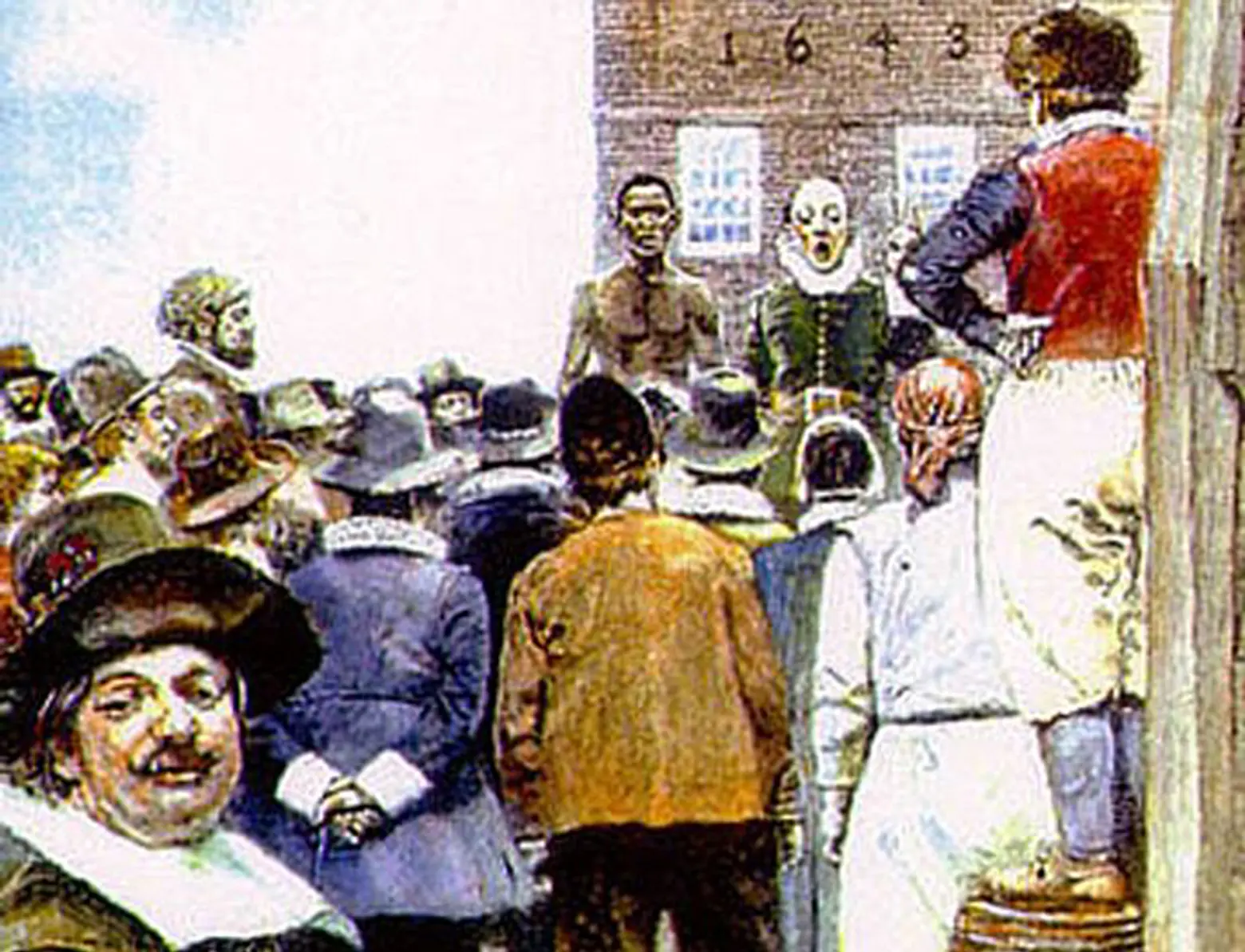 Image: Harper’s Magazine illustration of the New York City slave market in 1643
Image: Harper’s Magazine illustration of the New York City slave market in 1643
The new marker will be erected in a pocket park on the northeast corner of Wall and Water Streets, a block from the historic location of the slave market (the original 18th century site is actually at the East River waterfront, but the streets have since shifted several blocks inland). The market that stood on the site was housed within an open, roofed wood structure with an auction block that could hold up to 50 people. During its 51 year run between 1711 and 1762, the market trafficked thousands of slaves, both men and women of all ages, and even captured Indians for trade.
Interestingly, businesses still found today in the neighborhood—including Aetna, New York Life and JPMorgan Chase—benefited greatly from slave labor. Much of their investment lay in plantations down south, and many of their clients insured their slaves as property or used them as collateral for loans. New York also received tax revenue from slaves sold and used slave labor on many city projects.
Reporter Jim O’Grady writes:
By the year 1700, New York had 5,000 people. At least 750 of them were slaves—a number increased by several thousand over the next 50 years. Many slaves were sold and taken elsewhere. But some stayed and did the heavy work of constructing Lower Manhattan: clearing land, building the port, widening Native American trails and creating roads like Broadway—even constructing the wall that Wall Street would be named after. Women slaves worked as domestics and white colonial families bought black children to help with household chores…By the 1800s, New York City was as important as Charleston, South Carolina, to the Triangular Trade, which sent slaves and the goods they produced in a constant flow around the Atlantic Ocean from England to Africa to North America.
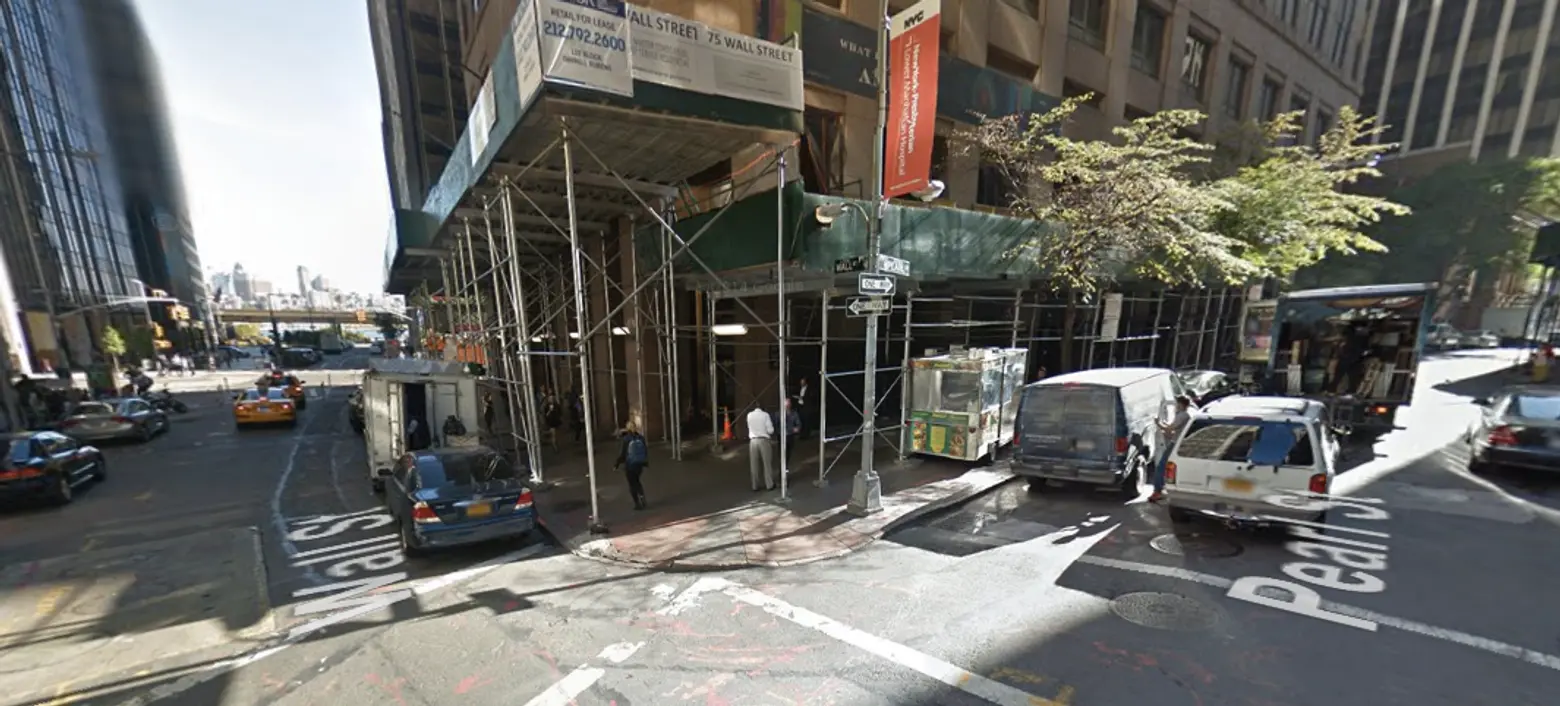
The historic marker will be added on June 19th, the date slaves in Texas and the Confederate South were emancipated. The new sign will join the other 38 historical markers found downtown, each of which identify a culturally significant place and explain why it is so.
“The slaves of that time and place helped build City Hall,” said City Councilman Jumaane Williams, who helped make the marker happen. “Their lives should be celebrated and their deaths should be mourned.”
You can find out more about the area’s slave past by listening to the full and fascinating report from WNYC here:
[Via WNYC]
RELATED:
- Street Fight: Why Are There Three Broadways in Manhattan?
- Morningside Heights: From Revolutionary Battle to Columbia University Campus
Lead image via Wiki Commons
